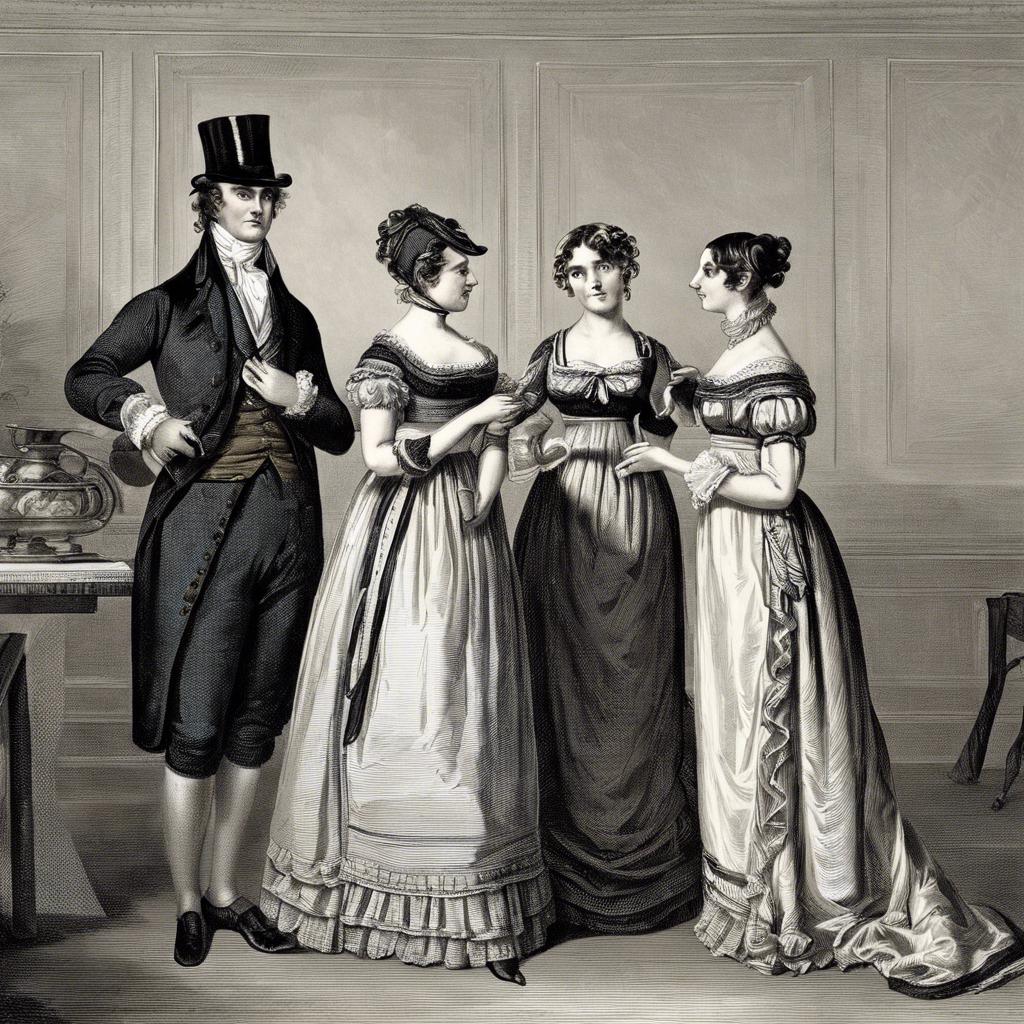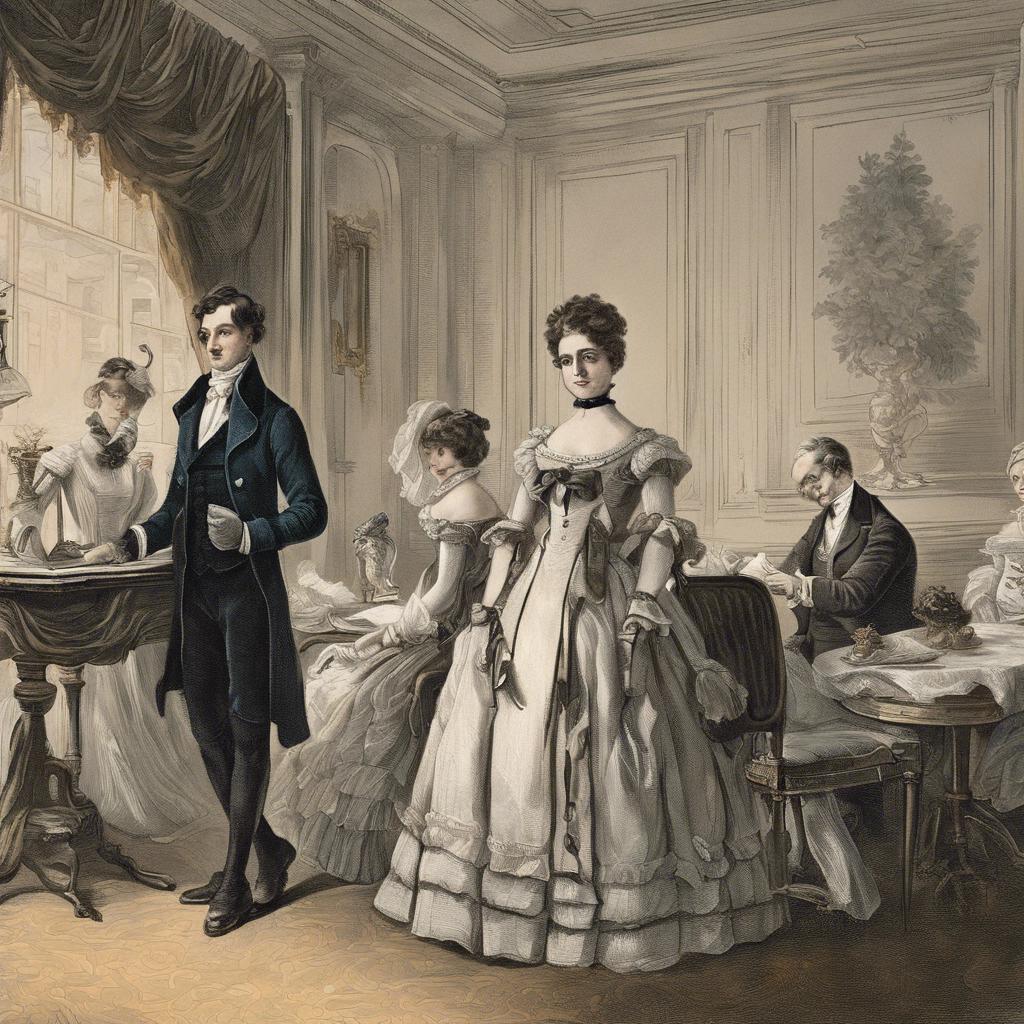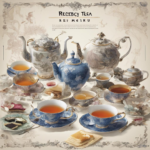During the Regency era, strict codes of conduct and social etiquette governed the interactions of the elite society in early 19th century England. In this article, we delve into the intricate rules and customs that dictated proper behavior during this period, from the grand ballrooms of London to the drawing rooms of country estates. Join us as we explore the intricacies of Regency era etiquette and the impact it had on the society of the time.
Step Into the World of Cheryl Bolen
Dive into the enchanting stories of love, intrigue, and elegance set in the Regency Era. Cheryl Bolen's novels offer timeless romance and captivating tales that will leave you wanting more.
Explore Cheryl Bolen's Books Now
Regency Era Etiquette: Proper Dressing and Attire
In the Regency Era, dressing properly was of utmost importance in high society. Men were expected to wear formal attire when attending social events or even just going out for a walk in the park. This included a tailcoat, waistcoat, breeches, cravat, and top hat. It was essential for men to always look polished and refined.
Women, on the other hand, were expected to wear elegant and modest dresses that were appropriate for the occasion. Empire waist dresses with high necklines and long sleeves were popular during this time. Women also wore gloves, bonnets, and parasols as part of their outfits. The key was to look feminine and sophisticated at all times.
Accessories played a crucial role in completing the outfit during the Regency Era. Men often wore pocket watches, cufflinks, and walking sticks as stylish additions to their attire. Women adorned themselves with pearls, ribbons, fans, and delicate jewelry. It was essential to pay attention to details and choose accessories that complemented the overall look.
The Art of Conversation: Guidelines for Polite Discourse
In the regency era, polite discourse and elegant conversation were essential skills for individuals of high society. The art of conversation was a way to showcase one’s intelligence, wit, and social grace. Here are some guidelines to follow for engaging in polite discourse during the regency era:
- Respect your conversational partner: Always show respect and courtesy towards the person you are speaking with. Avoid interrupting or talking over them, and listen attentively to what they have to say.
- Use proper language: Choose your words carefully and speak in a polished and refined manner. Avoid using vulgar or inappropriate language, and strive to maintain a level of sophistication in your speech.
- Stay informed: In order to engage in meaningful conversations, it is important to stay informed about current events, literature, and other topics of interest. This will allow you to contribute valuable insights and opinions to the discussion.
Dining Etiquette in Regency Society: Tips and Table Manners
In Regency society, proper dining etiquette was of utmost importance for individuals to display their refinement and social standing. Table manners were carefully observed, and knowing the intricacies of dining etiquette was essential for navigating the social scene of the era.
When dining in Regency society, it was customary for guests to wait for the hostess to signal the start of the meal before sitting down at the table. Once seated, it was essential to remember proper table manners, such as keeping elbows off the table, using utensils appropriately, and not speaking with food in one’s mouth.
Here are some tips for dining etiquette in Regency society:
- Avoid slurping or making loud noises while eating.
- Wait for the host or hostess to signal the end of the meal before leaving the table.
- Engage in polite conversation with fellow diners and avoid controversial topics.
Social Etiquette: Navigating Etiquette Rules at Balls and Events
In the Regency era, attending balls and events was a significant part of social life for the upper class. Navigating the intricate etiquette rules of these gatherings was crucial to maintaining one’s reputation and social standing.
Dress Code: Proper attire was imperative for both men and women at balls and events. Women were expected to wear elegant gowns with high necklines and long hemlines, while men were required to wear tailored suits or military uniforms. Accessories such as gloves, fans, and jewelry were also essential to complete the ensemble.
Introduction and Conversation: When entering a ball or event, it was customary to make polite conversation with other guests. Introductions were made by a mutual acquaintance, and small talk revolved around topics such as the weather, current events, and the arts. It was important to be well-spoken and courteous at all times.
The Conclusion
the customs and manners of the regency era served as a guide for navigating the complexities of society during this fascinating period in history. By adhering to the strict rules of etiquette, individuals were able to convey their social status, uphold their reputation, and maintain the harmony of their interactions with others. Understanding the nuances of regency era etiquette provides us with valuable insights into the values and principles that shaped the behaviors of society during this time. Let us continue to study and appreciate the legacy of regency era etiquette as we strive to cultivate civility, grace, and respect in our own lives.


